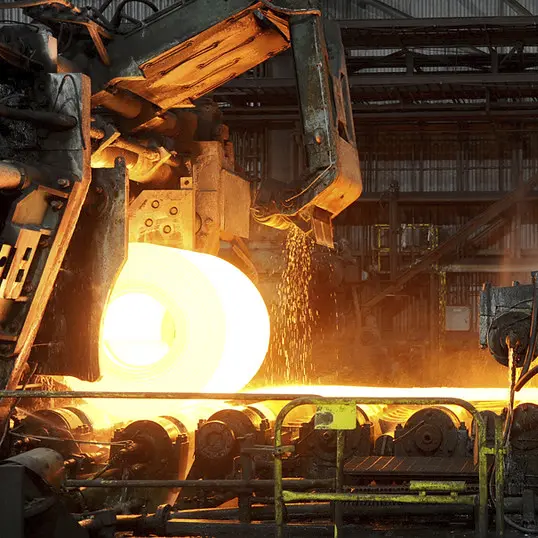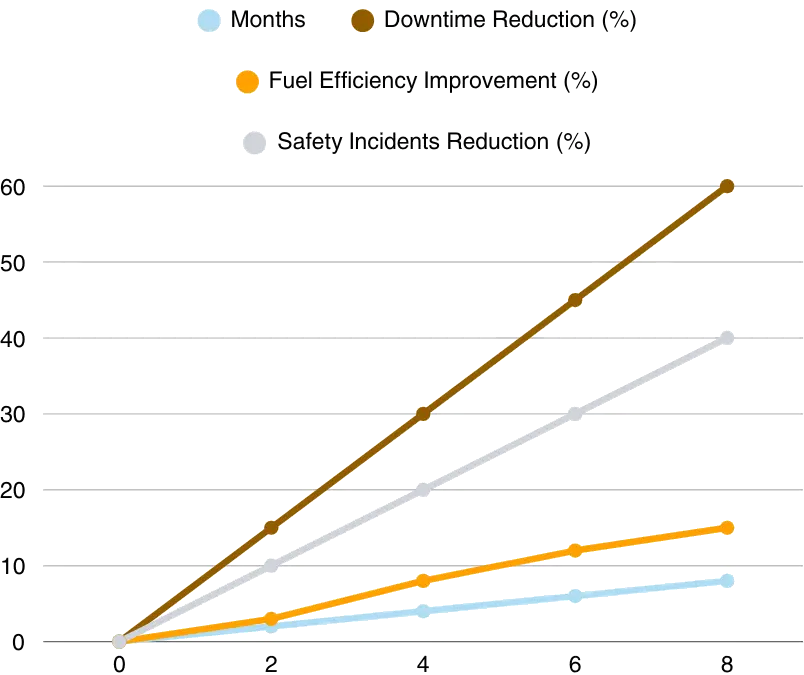Bubble Detection in Rolled Sheets for the Steel Industry
Executive Summary
A prominent steel manufacturer encountered recurring quality issues due to undetected microscopic bubbles in rolled steel sheets. These defects led to product rejections, increased scrap rates, and customer dissatisfaction, particularly among clients in the automotive and aerospace sectors.
To resolve these challenges, an AI-based visual inspection system was deployed, leveraging high-speed imaging and deep learning algorithms for real-time bubble detection. The results were substantial:
-
40% reduction in defective rolled sheets
-
30% decrease in scrap rates
-
20% improvement in production efficiency
-
Return on Investment achieved within 9 months
This solution empowered the manufacturer to meet stringent quality benchmarks while reducing costs and improving operational reliability.
Challenge
Identifying Invisible Threats in High-Speed Environments
Microscopic bubbles, often undetectable by human inspectors, compromise the integrity of rolled steel sheets. These defects arise due to impurities, cooling inconsistencies, or uneven rolling pressure. Key issues included:
Quality Control Ineffectiveness
Manual inspections failed to detect defects at production speeds of up to 10 meters per second.
Operational Inefficiencies
Inspection bottlenecks and undetected defects led to unplanned rework and increased downtime.
Customer Impact
Product returns, complaints, and loss of repeat business from high-value clients.
Brand and Compliance Risks
Failure to consistently meet rigorous quality standards required for critical industries like automotive and aerospace.
Solution
AI-Based Real-Time Visual Inspection System
A holistic AI solution was introduced to address the root of the quality issues using a multi-tiered technical architecture:
1. Hardware Deployment
-
High-Resolution Industrial Cameras: Positioned along the rolling lines to capture detailed images in real-time.
-
High-Performance GPUs: Enabled rapid image processing to support high-speed operations.
2. AI & Software Framework
-
Image Processing: Enhanced bubble visibility through noise reduction and contrast adjustments.
-
Deep Learning Models (CNNs): Trained on bubble characteristics (size, shape, location) to detect defects as small as 0.1 mm.
-
Real-Time Alerts: Immediate notifications to operators for on-the-fly corrective actions.
-
Quality Dashboard: Provided visual maps of defect locations, quality trends, and production analytics.
3. Integration
-
Seamlessly integrated with the plant’s Manufacturing Execution System (MES) for synchronized defect tracking, reporting, and quality control compliance.


Outcome
Quantifiable Gains Across Quality, Cost, and Customer Experience
-
40% Reduction in Defects: Enhanced detection and removal of faulty sheets elevated product quality.
-
30% Reduction in Scrap Rates: Early identification minimized material waste, saving approximately $1.2 million annually.
-
20% Boost in Production Efficiency: Faster issue resolution and fewer slowdowns during quality checks.
-
15% Decrease in Delays: Shortened production cycles through automation.
-
25% Drop in Complaints: Fewer returns and issues from end customers.
-
10% Rise in Repeat Orders: Improved reliability strengthened client relationships.
-
ROI Realized in Just 9 Months: Accelerated cost recovery and continued operational gains.
This transformation reinforced the manufacturer’s reputation for quality and strengthened its competitiveness in demanding markets.
Future
Roadmap for Expansion and Innovation
Scaling Across the Plant
Extending the solution to all steel rolling lines for uniform quality enhancement.
Predictive Analytics Integration
Adding root cause analysis tools to prevent bubble formation based on historical trends and process parameters.
Deeper AI Collaboration
Co-developing advanced models and new inspection solutions tailored to other defect types and manufacturing challenges.